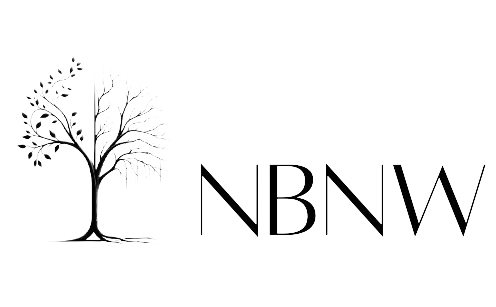

By Mantasha - Jun 29, 2025
An aspiring digital artist's encounter with a representative claiming to be from Lady Gaga takes a dark turn when requests for artwork escalate without payment. The artist realizes they may have been scammed for their intellectual property, a trend increasingly seen in the art world. Despite legal challenges, the artist now advocates for caution and clear agreements in dealing with potential buyers, especially those linked to celebrities.

Lady Gaga via blogspot.com
LATEST
In 2024, an aspiring digital artist named Mia Ramos was stunned when she received a direct message on Instagram from someone claiming to represent Lady Gaga. The message was flattering, filled with praise for Mia’s vibrant, surreal artworks, and expressed interest in purchasing several pieces for the pop star’s private collection. Overwhelmed with excitement, Mia shared the interaction with friends and family. For a moment, it felt like her career had taken a magical leap forward. But things quickly began to unravel.
The “representative” provided an email address and requested that Mia remove her artwork from online galleries so it could be “exclusively acquired” by Gaga. Then came requests for high-resolution files, before any payment was issued. Mia, eager to please a global superstar, complied. As the days passed with no payment and increasingly vague responses, her excitement began turning into suspicion. A week later, after Mia posted about the exchange on social media, another artist messaged her privately. They, too, had been contacted with a similar story involving other celebrities. That’s when Mia realized she might have been scammed—not for money, but for her intellectual property.
Online impersonation scams are becoming increasingly sophisticated, especially in the art world, where aspiring creatives are often eager for big breaks. Posing as representatives of celebrities, scammers lure artists into giving away their work for free under the guise of a lucrative opportunity. These scams exploit not only the artist’s hope but also their willingness to trust and act quickly. Mia never recovered the artwork she sent, and later found some of her pieces slightly altered and posted under another name on an NFT marketplace. Legal recourse proved difficult, as the scammer had used multiple fake identities and burner accounts.
This ordeal pushed Mia to become more cautious and vocal. She now advocates for digital artists, warning others to verify the identity of buyers—especially when celebrities are involved—and to never send high-quality work without contracts and upfront payments. “It’s not just about losing a piece of art,” she says. “It’s about being manipulated through your dreams.” In a world where fame and social media create blurred boundaries between authentic opportunity and deception, Mia’s story is a cautionary tale—one of hope, heartbreak, and resilience.